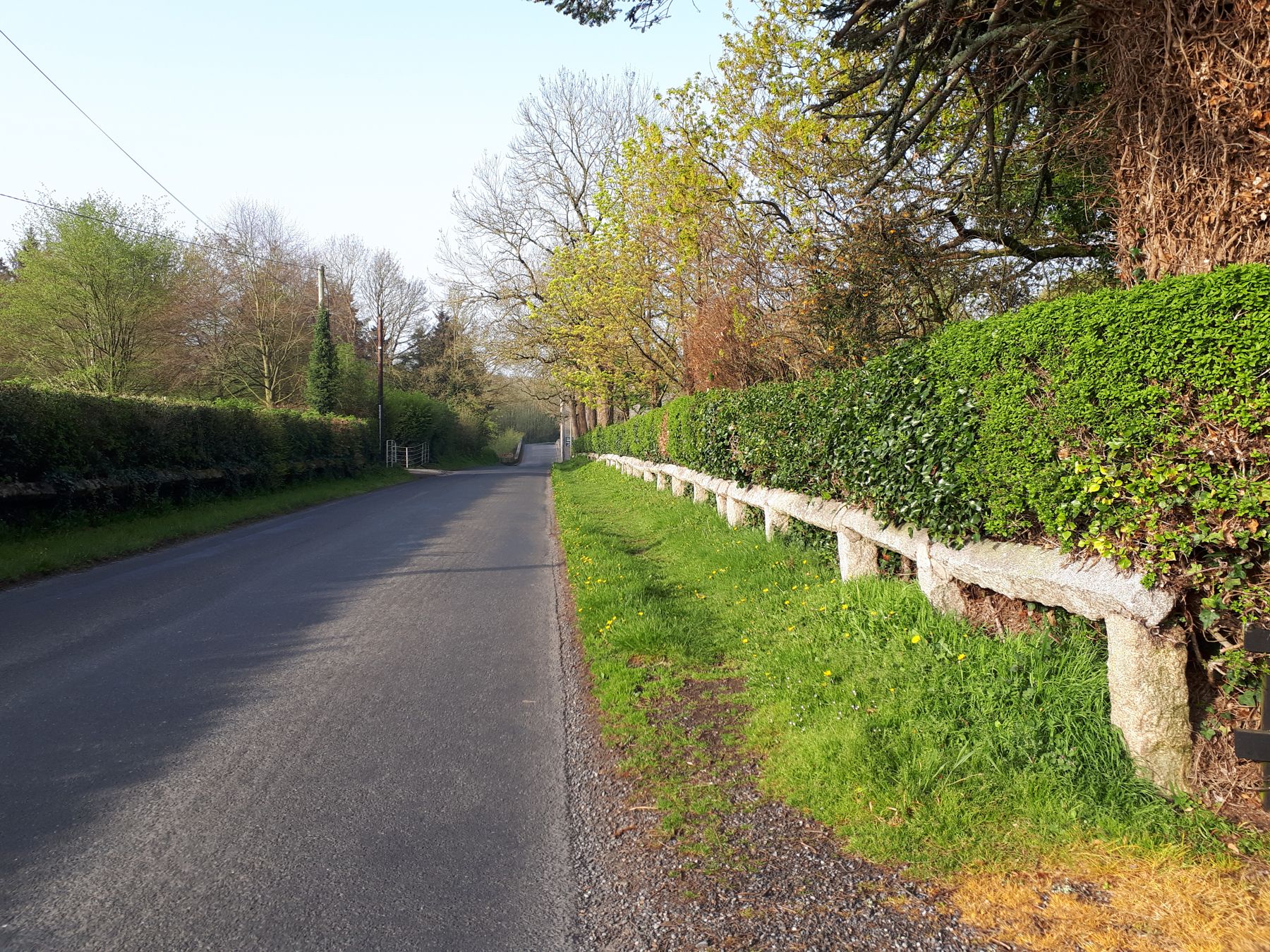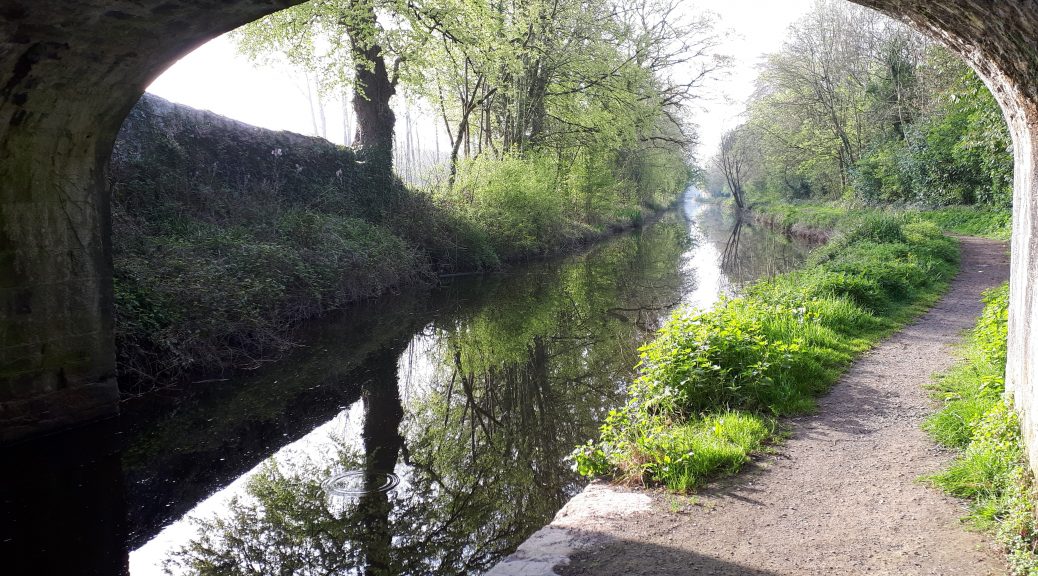
Early mornings never agree with me. But twice each spring I find myself at first light walking around the beautiful village of Milford on the River Barrow to survey breeding birds as part of the Countryside Bird Survey, a national monitoring programme that tracks population changes in our commoner widespread species. With my binoculars around my neck and clipboard in my hand, I feel a great sense of self-righteousness out collecting valuable long-term data while dreary eyed motorists speed past on their daily commute.
The survey involves walking exactly the same two 1km routes (or transects) twice during the breeding season, counting all the birds seen along the route and noting their behaviour. I know this area and its birdlife well for I have surveyed here now for 22 years. The first 1km transect takes me along the old Kilkenny to Carlow road, and the second 1km route begins along the Barrow and then through Milford village. I find it extraordinary that year on year I can generally predict where I will see different species along the route. Linnets and goldfinches sing from the rough ground at Milford Cross, a moorhen is a permanent feature of the wet alder woodland, blackcaps along the riverside willows, and then towards the end of the village a noisy group of house sparrows and starlings either on the roof of a bungalow or hidden in a nearby bush. And in the distance a calling pheasant or two; there is always a pheasant or two.
But what makes this survey interesting is the subtle difference that occur from year to year. When I began walking this route back in 1997 I would have heard no more that a couple of singing blackcaps, and these I would have noted with great pleasure for a singing blackcap is one of my favourite species. But blackcaps are now much more common and this morning I counted nine singing males. Scanning the wet woodland to tick off the regular moorhen, I was thrilled that what I saw swimming among the alders was not a moorhen but a beautiful male teal; I think this is the first time in the 22 years that I have recorded a teal during the survey. One of the pleasures of this survey is that you never know what you will find.

In contrast, in the early years a singing yellowhammer used to brighten up the telegraph wires running across a cereal field but, sadly, I haven’t seen or heard one here now for years. And even with the common species, each visit is different. This morning there seemed to be blackbirds everywhere, yet I heard only two singing robins. The ubiquitous wren; I counted 18 singing this morning. I wondered how did this compare to the same time last year? I found it strange that I didn’t see a single hooded crow or magpie this morning; they must be busy incubating eggs. And even though I know dunnock are a common species I only came across one, and that wasn’t even singing but skulking in the undergrowth.
I am always a little disappointed when I don’t glimpse a dipper or grey wagtail along the short stretch of the Barrow close to the weir. But I know what matters isn’t the number of species that I see as I do my walk, rather ensuring that I am as consistent as possible in how I do the survey from year to year.
Any perception of change that I get from walking the transect from visit to visit is impossible to make sense of; it could be just the result of some local changes to land management or might even be influenced by factors such as weather condition, or indeed, how alert and perceptive I was on any given morning. But each year more than 400 surveyors participate in the Countryside Bird Survey, pooling their finding from across the country. When these finding are analysed it allows Birdwatch Ireland to separate out what are long term trends from short term local anomalies, and present hard evidence of how our common countryside bird populations are changing.
And the national trends confirm some of what I was seeing along my transect; the population of blackcap (and goldfinch) have shown what Birdwatch Ireland describes as ‘remarkable increases’ since 1998. And the biggest losers over that period were greenfinch, swift and stock dove. Interestingly, any changes seen in the population of yellowhammer were not statistically significant. That surprises me. And I see that pheasant were recorded in 80% of all the transects surveyed; a fact that does not surprise me one iota.

